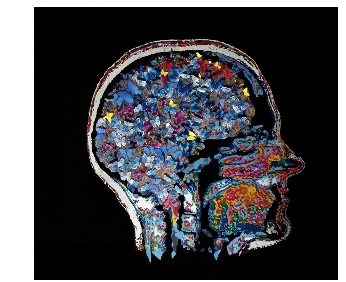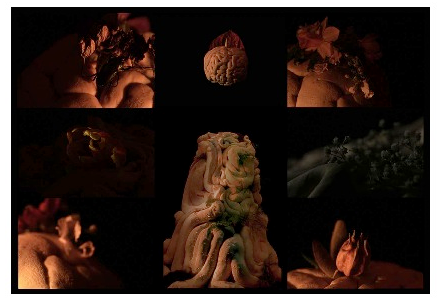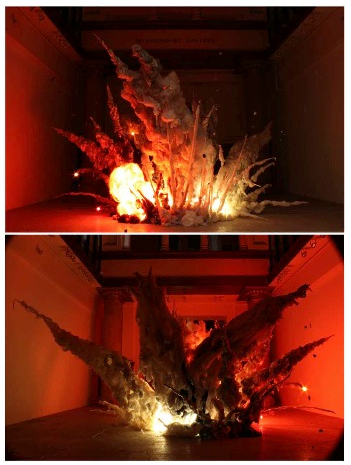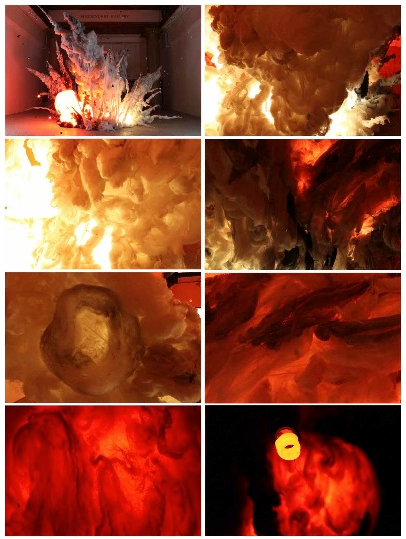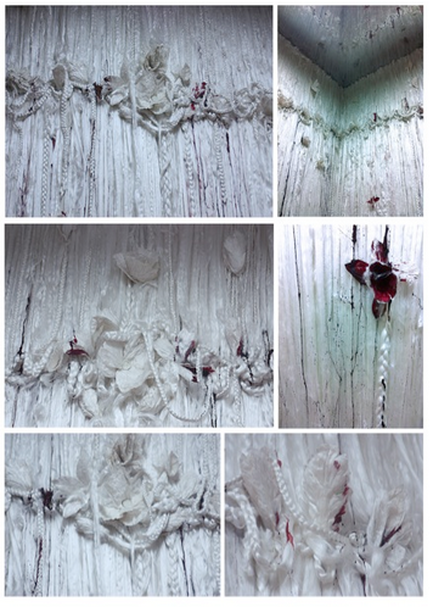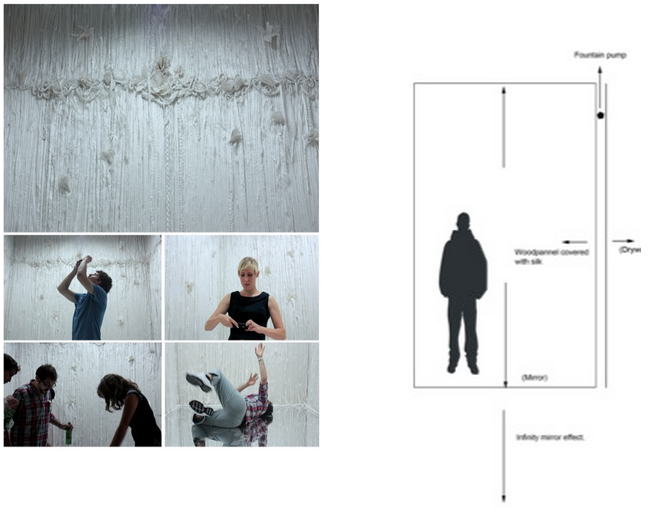< Back to Issue One: Table of Contents
[Visual Art]
ARTIST PROFILE
Pablo Garcia Lopez
Pablo Garcia Lopez was initially driven to explore the organic metaphor in his art as a reaction to the mechanized language commonly employed by the scientific world. Heavily influenced by the seminal neuroscientist Santiago Ramón Cajal, Lopez worked to evoke associative similarities between the neuro-landscape and organic materials. He wanted to contribute a holistic understanding of the brain, hoping his work would prove as valuable as the conventional, mechanized metaphors typically employed; to think of the brain not as a computer but in terms of cauliflower, or to think of neurons as “butterflies of the soul.”
[Visual Art]
ARTIST PROFILE
Pablo Garcia Lopez
Pablo Garcia Lopez was initially driven to explore the organic metaphor in his art as a reaction to the mechanized language commonly employed by the scientific world. Heavily influenced by the seminal neuroscientist Santiago Ramón Cajal, Lopez worked to evoke associative similarities between the neuro-landscape and organic materials. He wanted to contribute a holistic understanding of the brain, hoping his work would prove as valuable as the conventional, mechanized metaphors typically employed; to think of the brain not as a computer but in terms of cauliflower, or to think of neurons as “butterflies of the soul.”
However, this concept of exploring the organic metaphor proved binding for his artistic pursuits. His work has moved into the realm of art in experimentation, not guided by any one principle or theory. As in Silk explosions or how to destroy 106 cocoons that will never become butterflies, he opts for a reliance on intuition while still using the intellectual tools and processes his scientific training has afforded him. His vantage point, between neuroscience and art, is one of reconciliation. The industrialization of art, which led to the ‘death of art’ and the postmodern crisis, shares historical roots with the industrialization of science, which has led to its current mechanized state. Lopez, perhaps in an attempt to shed light on each individual field, brings these worlds together from a de-mechanized viewpoint. His mission is not critical, but expansive.
This is an infinity mirror box in which the spectator can enter and become involved in the sculptural installation. Inside the four-inch walls is a system of ink deposits. Each deposit is connected to a fountain pump, and each fountain pump is connected to the inside wall of the room by vinyl tubes. A system of timers controls the activation and deactivation of the system. The walls of the room are totally covered by silk, imitating flower bas reliefs. The ground of the room is made with mirror Plexiglas while the ceiling of the room is made with transparent Plexiglas covered with one-way mirror film, creating what is known as an infinity mirror effect. People could observe themselves reflected on the mirrors and could also be observed and recorded from the outside (this allows the viewer to achieve the real infinity mirror experience). They become the lab-rats to which the title of this artwork makes reference.
